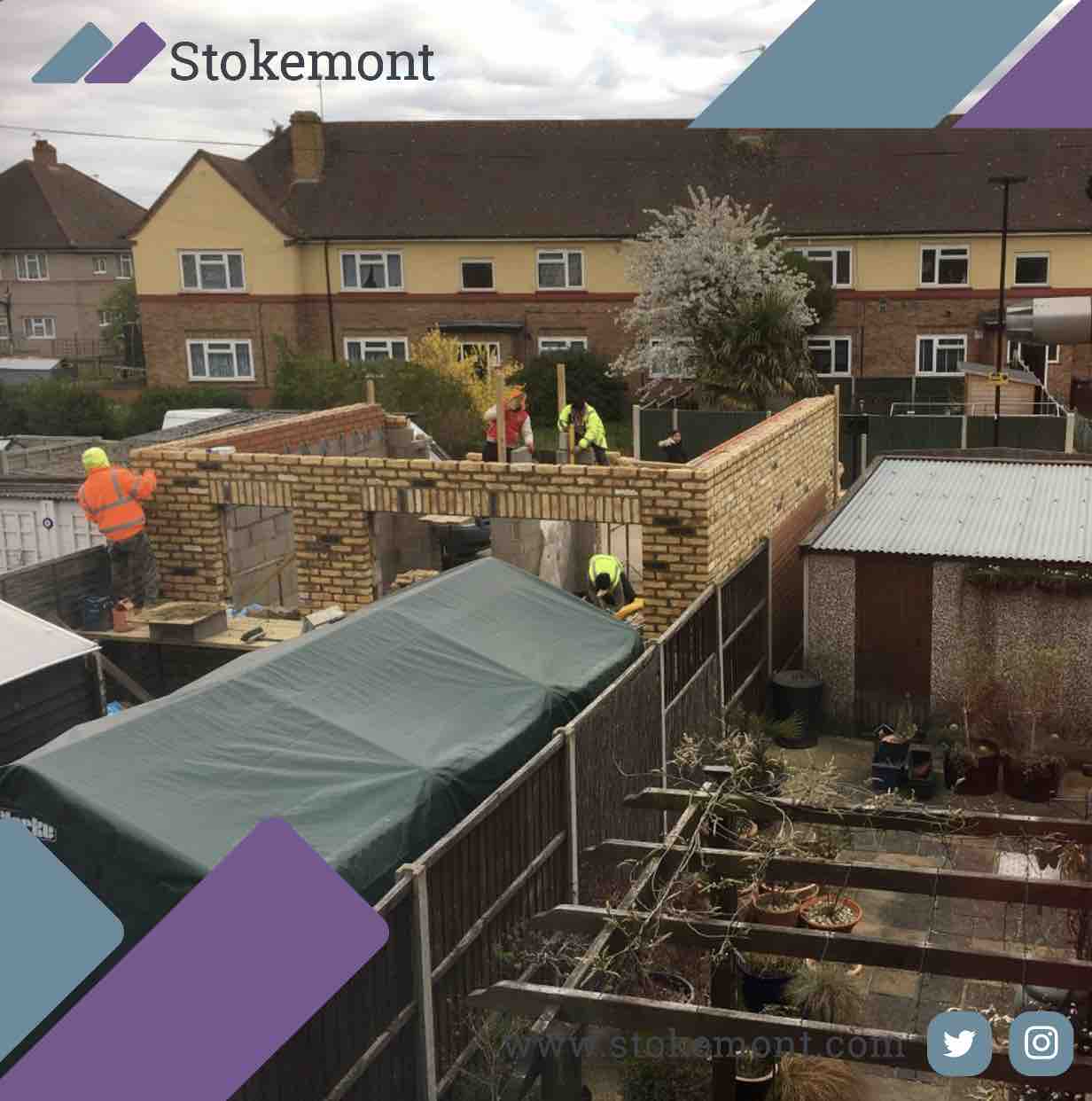Thank you for tuning in to this week’s Surveying blog. In this week’s addition, we will be looking into when a Party Wall Agreement is needed.
Once a building owner planning works has obtained all necessary approvals for their construction proposal, if the works include any of the below, a Party Wall Agreement could be necessary dependent on the notice response from the adjoining owners:
Section 1
Under section 1, the Act provides a building owner with the right to:
- Build a flank wall up to the line of junction wholly on their land with access legally being permitted on the adjoining land if necessary to complete the building works.
- To build a wall astride the boundary line dividing two or more parcels, therefore making the wall a Party Fence wall, which essentially would mean the wall would sit equally across two parcels of land. However, consent would need to be provided by the adjoining owner in this respect.
Given the works are not to be directed to the Party Wall, Notice would need to be served 1 month before the planned works.
Section 2
Section 2 of the act lists what work can be done, the most commonly used rights under section 2 are as follows:
- To cut into a party wall to insert steel beams (for example to facilitate a loft conversion)
- Cut off projections from a party wall (for example, to remove a chimney breast)
- Raise the height of a party wall
- Demolish and rebuild a party wall
- Underpin the whole thickness of a party wall
- Carry our repairs to a party wall
Given the works are to be directed to the Party Wall, Notice would need to be served 2 months before the planned works.
Section 6
- Excavate, or excavate for and erect a building or structure, within a distance of three metres measured horizontally from any part of a building or structure of an adjoining owner and to a lower level than the level of the bottom of the foundations of the building or structure of the adjoining owner.
Given the works are not to be directed to the Party Wall, Notice would need to be served 1 month before the planned works.
The works above would require a Building Owner intending to carry out any of these works to notify any applicable neighbouring properties by serving a Party Wall Notice.
Once an option has been selected from the three available to an adjoining owner which includes:
- Consenting to the works
- Dissenting, with the Agreement of an Agreed Surveyor
- Dissenting, with the appointment of an independent Surveyor
The next stage would be to arrange for access to the neighbouring properties for the Schedule of Condition Report to undertaking either by the surveyor or surveyors if two are included within the procedure.
Following this would be the agreement of the Party Wall Agreement.
So, what is a Party Wall Agreement/Award and when is it produced?
A Party Wall Award, also commonly referred to as a Party Wall Agreement, is the finalising document bringing closure to the procedure therefore, this document is produced towards the end of the process.
At this phase, of the procedure, a building owners’ surveyor will draft the legal agreement which would be tailored to include all the necessary clauses concerning the construction proposal.
An award may determine/include but is not limited to:
• The right to execute any works
• Time executing those works in relation to the Act
• The means of protecting the adjoining property
• Methodology of those works – method statement
• The Award should also include contain a record of the condition of the adjoining property in the form of a Schedule of Condition Report before the work begins. This is desirable as it can assist in identifying and attributing any damage to adjoining properties for instance.
Commonly, the procedure could include two surveyors as a result of the adjoining owner(s) dissenting and appointing their surveyor, this draft Agreement will be then sent over to the adjoining surveyor as the formalities of the Act requires the surveyor appointed on behalf of the adjoining owner(s) to review and comment upon the circulating and travelling document, with any suggestions or additions they would like to include.
At this stage, at times there could be elements of some back and forth between both surveyors which include requests and amendments concerning the Award and overall proposal ultimately leading to agreement on the Party Wall Award.
Once agreed upon, all documentation will be complied and served upon all owners. With all legal protections in place, the building owner(s) can then press ahead with the works.
If you believe your neighbour is intending to carry out construction works that you believe are notifiable under the Act, please do not hesitate to get in touch with our highly qualified and experienced team of party wall surveyors today. We are more than happy to give our professional opinions and advice to put your worries at ease.




